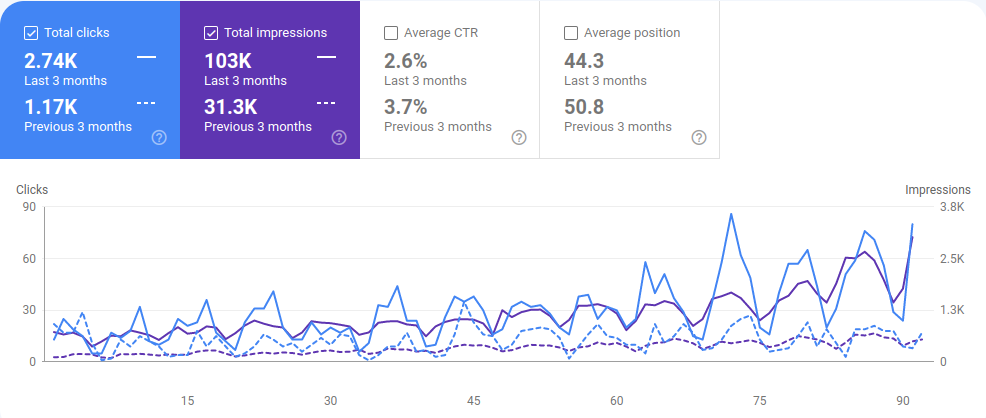blog address: http://www.editingindia.com/editing/
keywords:
member since: Jul 9, 2015 | Viewed: 394
Writing as per the style manual of American Medical Association
Category: Education
Writing a research article in the medical field is definitely not a piece of cake. For a researcher to be articulate, informative, and concise all at the same time, can prove to be like walking on a tight rope. Following style guides as per the target journal’s requirement adds to the pressure. Medical writing may be difficult but surely isn’t impossible. One of the most common style guides used in medical writing is the American Medical Association (AMA) manual of style. There are far too many rules included in this manual but here are a few that may prove to come in handy when you are writing a medical paper. ACRONYMS AND ABBREVIATIONS Abbreviations are usually spelt out at the first instance in the abstract as well as the text. Then, the abbreviations are consistently used throughout the text. Some abbreviations are accepted by journals and are considered standard. Such abbreviations need not be spelt out. The use of abbreviations in titles is generally avoided. If an abbreviation is used only once in your entire manuscript, then avoid using it. DEPICTION OF PATIENTS Regarding the depiction of patients and their disease conditions, the AMA guidelines advise to put the person first, followed by the condition. For example, do not refer to a patient as a “diabetic patient” but as a “patient with diabetes.” The former construction is considered derogatory for patients and should be avoided. TITLE Avoid beginning a title with the redundant phrases, such as “A Study of,” “An Analysis of,” or “An Investigation of.” Capitalize all major words in manuscript titles and headings, excluding coordinating conjunctions, articles, and prepositions of three or fewer letters (except when it is the first or last word of a title). According to the AMA manual of style, abbreviations should not be used in manuscript titles. GENE OR PROTEIN NOMENCLATURE Generally, human gene symbols are italicized, with all letters in uppercase (e.g., SHH, for sonic hedgehog). Human protein symbols are written in uppercase, but are not italicized (e.g., SHH). mRNAs and cDNAs use the same formatting conventions as the gene symbol. Mouse and rat gene symbols are generally italicized, with only the first letter being in uppercase and the remaining in lowercase (e.g., Shh). Mouse and protein symbols are written in uppercase but are not italicized (e.g., SHH). HYPHEN Use the hyphen sparingly. Do not use the hyphen to indicate a range outside parentheses. Do not replace an en dash or a minus sign with a hyphen. IN-TEXT REFERENCING In-text references should be cited as superscripted Arabic numerals. They should be placed after a period or a comma but before a semicolon or a colon. A range of references should not be listed using an en dash in between, but all the references should be listed using a comma for separation (e.g., 10, 11, 12, 13). NUMBERS, UNITS, AND STATISTICS Express all numbers as numerals, except for “one” and “zero” and when beginning a sentence with a number. The “P” value should be naked (i.e., no leading zero before the decimal point), capitalized, and italicized. The “%” symbol should be placed after each number in a series or a range. There should be no space between the numeral and the degree symbol when expressing temperature. Abbreviate units of time in parentheses. Place a thin space before and after mathematical symbols. SCIENTIFIC NOMENCLATURE Disease name: “Parkinson’s disease” is capitalized, but its derivative terms “parkinsonian” and “parkinsonism” are not. Genus name: The genus name of an organism is abbreviated after the first use. Genus and Species name: This should be italicized. Staining procedure: When referring to the staining procedure, use “Gram stain.” Conversely, when referring to the bacteria, use “gram-negative” or “gram-positive.” WORD CHOICE Subject vs. Participant: Using “subjects” to refer to human participants is considered derogatory. The elderly vs. elderly patients: Using “the elderly” is considered stereotypical. (Preferred terms: older persons, older people, elderly patients, geriatric patients, older adults, older patients, aging adults, persons 65 years and older, or the older population) Blinding vs. Masking: Using “masking” is more preferred than “blinding” now. C-section/Caesarean section vs. Caesarean/abdominal delivery: The latter is preferred than the former according to the AMA when referring to the procedure. Die from vs. Die of: According to the AMA, a patient “dies of” a specific reason. The list does go on, believe me, but for your consolation it does get better by the time you are reading your manuscript for the second time. Hopefully, this paper helps you in a small way when writing a medical paper according to the AMA manual of style.
{ More Related Blogs }




